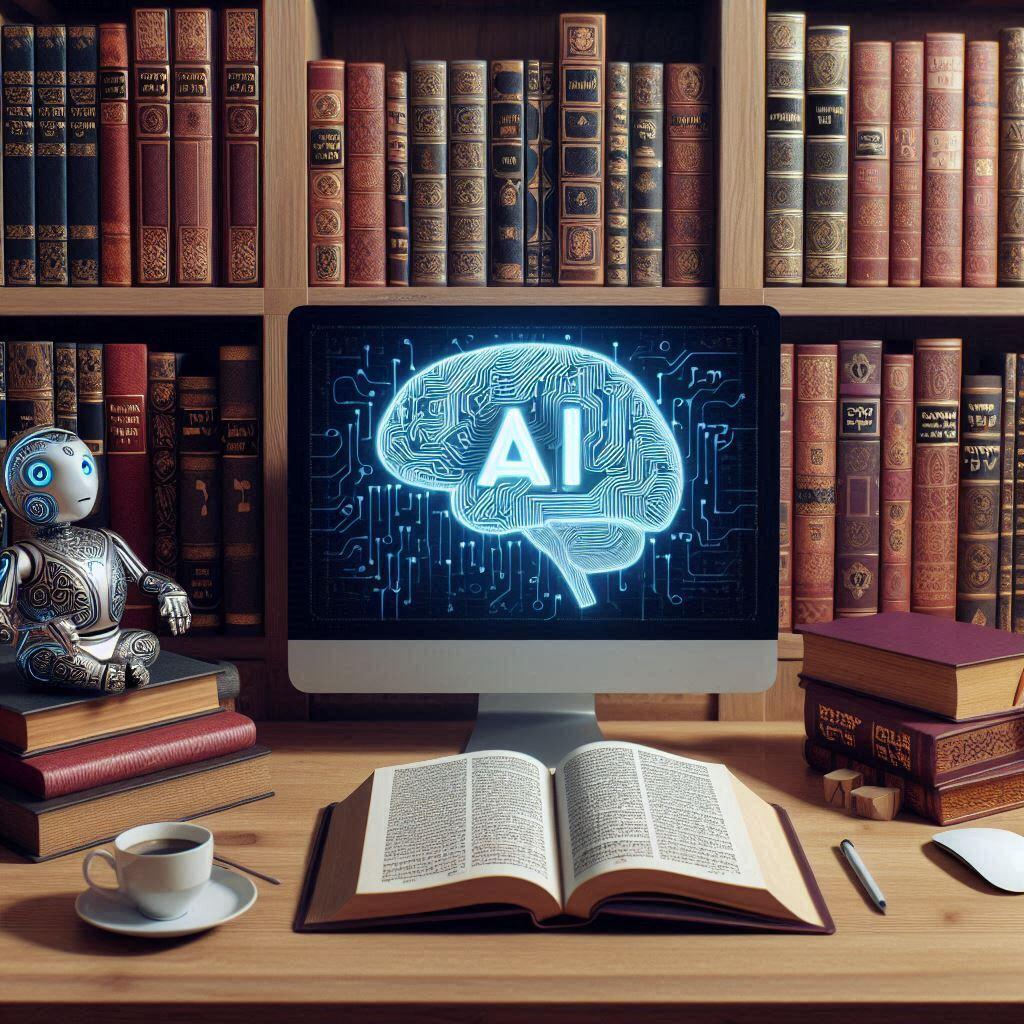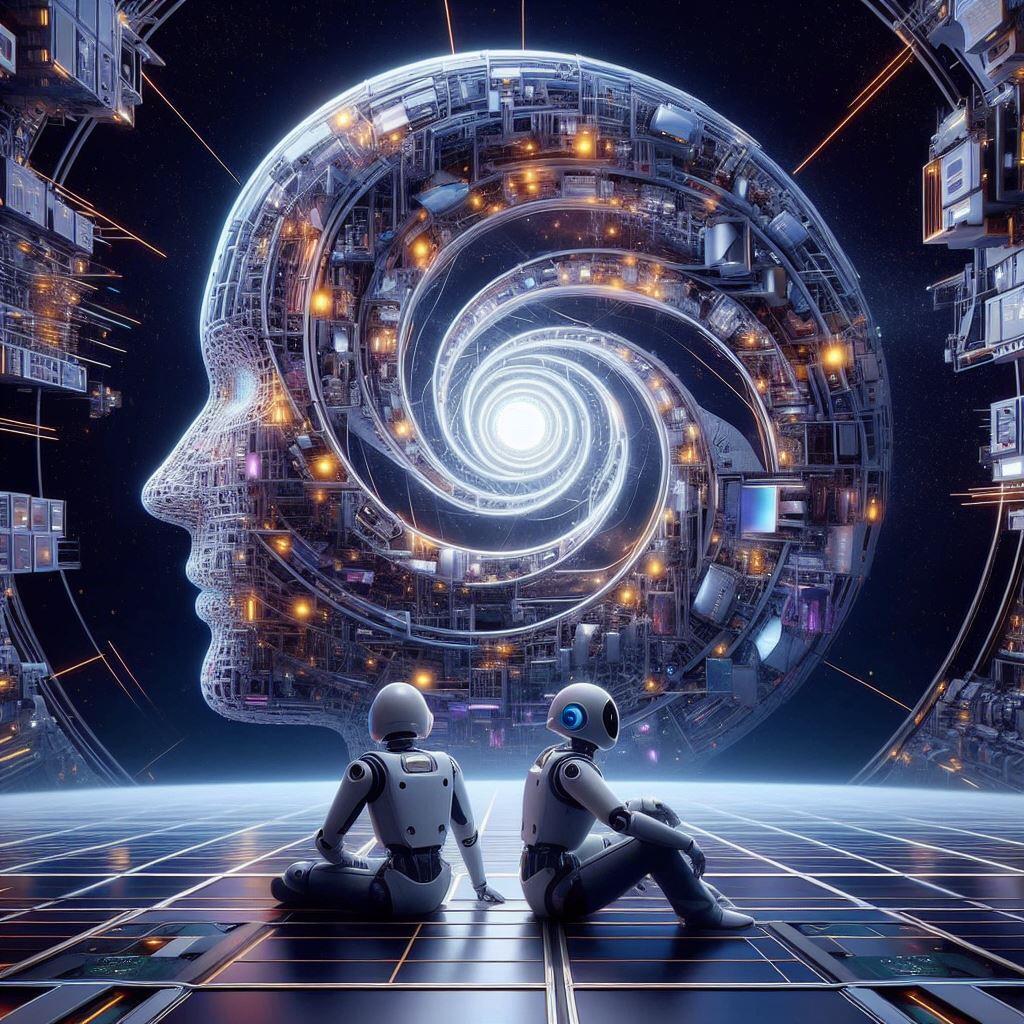As we navigate the complexities of the digital era, two technologies have emerged at the forefront of innovation: Artificial Intelligence (AI) and Blockchain. Each of these has been hailed as revolutionary in its own right, but the true potential lies not in their individual capabilities but in the synergy they can create together. We are on the brink of a new paradigm, where AI and Blockchain not only coexist but complement each other in ways that could reshape our economy, society, and even our governance.
Let’s begin with AI, the poster child of the fourth industrial revolution. AI is about abundance—an abundance of data, computational power, and the ability to process information at a scale and speed that far surpasses human capability. It is AI that allows us to automate complex tasks, make sense of massive datasets, and even predict future trends with increasing accuracy. However, this power comes with significant challenges. The more centralized AI becomes—dominated by tech giants and reliant on proprietary datasets—the more we face issues of trust, transparency, and bias. AI, for all its potential, is often a "black box," making decisions that are difficult, if not impossible, to audit or understand.
This is where Blockchain enters the picture. Blockchain is fundamentally about trust and integrity. It is a technology designed to create scarcity and ensure that every transaction, every piece of data, is recorded immutably and transparently. Unlike AI, Blockchain thrives on decentralization, distributing power across a network of participants rather than concentrating it in the hands of a few. It is this decentralization that offers a potential remedy to AI’s centralization problem. Blockchain provides the infrastructure to make AI’s decision-making processes transparent, auditable, and accountable.
When we combine AI with Blockchain, we are not just merging two technologies; we are creating a symbiotic relationship that enhances the strengths and mitigates the weaknesses of each. Consider, for example, the concept of data integrity. AI is only as good as the data it processes, and Blockchain can ensure that this data is not only accurate but also tamper-proof. In financial services, this means AI can analyze market trends based on reliable, verified data stored on the blockchain, making predictions more trustworthy and reducing the risk of fraud.
Moreover, Blockchain can democratize AI. Today, AI models and data are often controlled by a select few organizations. But with Blockchain, we can decentralize AI development and deployment, enabling a more inclusive approach where multiple stakeholders can contribute data, train models, and even share in the benefits. Imagine a world where AI is not a proprietary tool but a collective asset, governed by the very communities that use it. This is not just a technological possibility; it is a new form of economic organization, where value creation is shared, and innovation is driven by collaboration rather than competition.
Another area where AI and Blockchain can complement each other is in governance. AI can optimize processes, predict outcomes, and even suggest policy decisions based on data-driven insights. But who watches the watchmen? Blockchain provides a solution by ensuring that AI’s decision-making processes are transparent and open to scrutiny. Through decentralized autonomous organizations (DAOs), we can create governance models where AI-driven decisions are subject to the collective oversight of the community, rather than the whims of a centralized authority. This could be a game-changer in sectors ranging from finance to healthcare, where trust is paramount, and the stakes are high.
But the AI-Blockchain symbiosis is not without its challenges. Integrating these technologies requires not only technical innovation but also a shift in our thinking. We need new standards, new frameworks for governance, and perhaps most importantly, a new ethos that values transparency, accountability, and shared prosperity. It is up to us, as innovators, scholars, and policymakers, to navigate these challenges and unlock the full potential of this symbiotic relationship.
In conclusion, the combination of AI and Blockchain represents a new frontier in the digital age—one where abundance meets scarcity, where intelligence meets trust, and where the centralized meets the decentralized. By harnessing the strengths of both technologies, we can create systems that are not only smarter and more efficient but also fairer and more transparent. This is not just an evolution of technology; it is a revolution in how we organize our societies, our economies, and our governance structures.
 Prof. Ilan AlonPhoto: LinkedIn
Prof. Ilan AlonPhoto: LinkedInAs we move forward, the question is not whether AI and Blockchain will transform our world—they undoubtedly will. The question is how we will harness their power to create a future that is not just more innovative, but also more equitable and just. The answer lies in understanding the symbiotic potential of these two technologies and embracing the new possibilities they offer.
- The writer is Dean of the School of Economics at the College of Management and an international business professor, economist, and expert in global markets and technological innovation.



